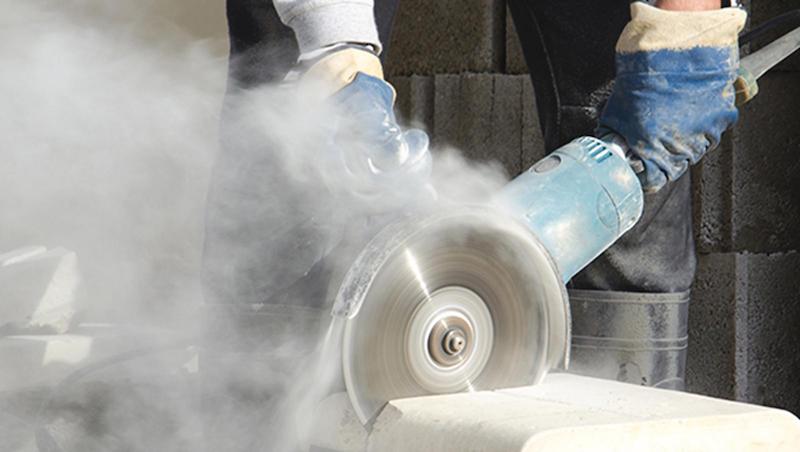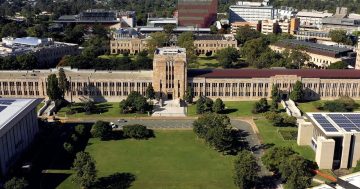
Safe Work Australia recommended the prohibition of the use of engineered stone due to an increase in silicosis cases. Photo: File.
The Federal Government has launched the National Occupational Respiratory Disease Registry as it seeks to keep track of respiratory diseases contracted by Australian workers.
Assistant Minister for Health and Aged Care Ged Kearney said the launch was the next step in fighting deadly occupational respiratory diseases such as silicosis and to improve occupational health and safety in Australian workplaces.
Ms Kearney said nearly one in four engineered-stone workers employed in the industry before 2018 had been diagnosed with silicosis or other silica-dust-related diseases, and this number was predicted to rise.
However, she said the total number of workers who had silicosis and other dust diseases in Australia was currently unknown. Silicosis is an incurable occupational respiratory disease that affects the airways, lungs and blood vessels.
Last December, Commonwealth, territory and state ministers responsible for work health and safety (WHS) unanimously agreed to recommendations by Safe Work Australia to prohibit the use of engineered stone from this year.
The ban agreement followed findings that exposure to silica dust from engineered stone and other stone products has led to an increase in stone workers developing silicosis. Generally considered an incurable lung disease that can be fatal, silicosis is caused by respirable crystalline silica (silica dust), which is generated when engineered stone is cut, shaped or polished.
Safe Work Australia had recommended the prohibition of the use of engineered stone under the model WHS laws. It initially developed a national framework to ensure anyone working with engineered stone products installed before the prohibition has been doing so safely, and has been drafting amendments to the WHS regulations for implementation by state and federal jurisdictions.
Ms Kearney said the national registry would help eliminate preventable occupational respiratory diseases by supporting earlier detection, intervention and prevention. She said it would provide a better understanding of how widespread occupational respiratory diseases were, help reduce worker exposure, and improve the quality of life for the people affected and their families.
The national registry will require occupational and environmental medicine physicians, and respiratory and sleep medicine physicians, to report cases of silicosis to it.
Ms Kearney said no-one should die because they’ve turned up to work.
“Establishing the national registry will help Australia fight silicosis and other dust-related diseases,” she said.
“This registry will save lives. We’ll be able to identify the industries, occupations, job tasks and workplaces that are at risk, and use targeted early intervention and prevention activities to reduce worker exposure and disease.”
Ms Kearney said impacted physicians should check their state or territory government websites for local reporting guidelines, and that the new national registry would not replace existing state or territory registers.



